Selecting the Appropriate Traffic Source for Your Website
Buy CPC Traffic | Buy Display Ads | Exclusive traffic sources | Buy Push Ads | Popunder ADS | Buy Native Ads | Buy Preroll Ads

Buy CPC Traffic | Buy Display Ads | Exclusive traffic sources | Buy Push Ads | Popunder ADS | Buy Native Ads | Buy Preroll Ads
Driving traffic to your website is essential for its success. However, not all traffic sources are created equal. Choosing the right traffic source is crucial in order to attract the right audience and achieve your website's goals. With so many options available, it can be overwhelming to decide which traffic source is the best fit for your website. In this article, we will guide you through the process of choosing the right traffic source for your website.
Understand Your Target Audience: Before choosing a traffic source, it is important to have a clear understanding of your target audience. Who are they? Where do they spend their time online? What are their interests and preferences? Answering these questions will help you identify the best traffic sources to reach your target audience effectively.
Research Different Traffic Sources: Once you have a good understanding of your target audience, it's time to research different traffic sources. There are various options available, including search engine optimization (SEO), social media marketing, email marketing, influencer marketing, and paid advertising. Each traffic source has its own advantages and disadvantages, so it's essential to research and evaluate them based on factors such as cost, reach, targeting options, and conversion rates.
Set Clear Goals: Before making a decision, it's important to set clear goals for your website. Do you want to increase brand awareness? Generate leads? Sell products or services? Different traffic sources may be more effective in helping you achieve specific goals. For example, social media marketing might be great for increasing brand awareness, while paid advertising could be better for generating leads. Aligning your goals with the strengths of each traffic source will help you make an informed decision.
Choosing the right traffic source for your website requires careful consideration and strategic planning. By understanding your target audience, researching different traffic sources, and setting clear goals, you can make an informed decision that will help drive the right traffic to your website and achieve your desired outcomes.
Understanding the Importance of Traffic Sources
When it comes to driving traffic to your website, the source of that traffic is crucial. Understanding the importance of traffic sources can help you make informed decisions about how to best attract visitors and achieve your online goals.
One key reason why traffic sources are so important is that they can have a significant impact on the quality of your website visitors. Different traffic sources attract different types of users, and it's important to target sources that align with your target audience. By attracting relevant traffic, you increase the likelihood of converting visitors into customers or achieving other desired actions on your website.
Another reason why traffic sources matter is that they can affect your website's visibility in search engine results. Search engines like Google consider the sources of your website traffic when determining its authority and relevance. Having a diverse range of traffic sources, including organic search, social media, and referral traffic, can improve your search engine optimization efforts and increase your chances of ranking higher in search results.
Furthermore, understanding your traffic sources can help you allocate your marketing budget more effectively. By analyzing the performance of different sources and their conversion rates, you can identify which sources are bringing in the most valuable traffic and invest more in those areas. This data-driven approach can lead to better overall results and a higher return on investment.
Overall, traffic sources play a vital role in the success of your website. They impact the quality of your visitors, your website's visibility, and your marketing budget. By understanding the importance of traffic sources, you can make informed decisions about how to attract the right visitors and achieve your online goals.
If you're looking to diversify your traffic sources and reach a wider audience, consider buying display ads. Display ads can help you increase your brand visibility, reach new audiences, and drive targeted traffic to your website.
Identifying Target Audience and Goals
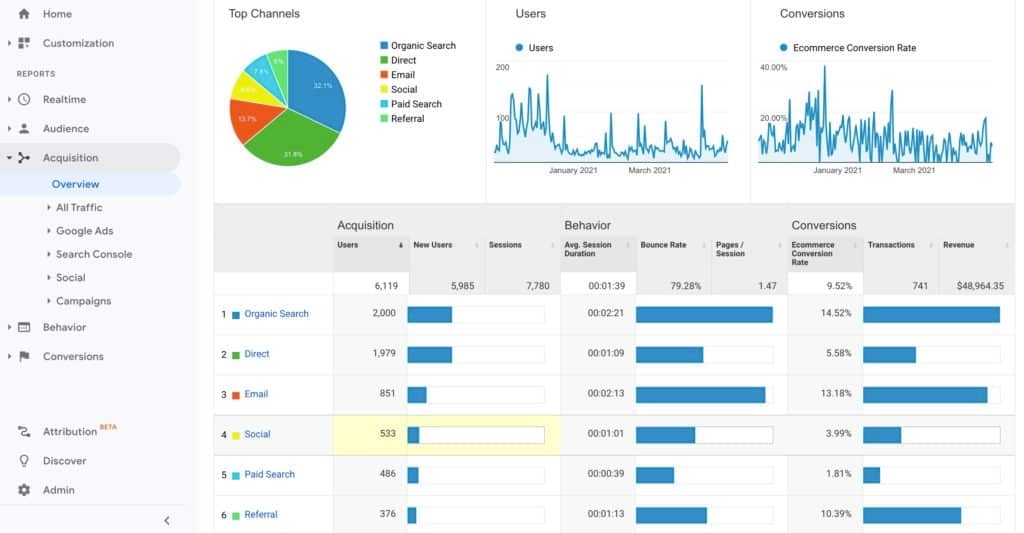
Before choosing the right traffic source for your website, it's crucial to first identify your target audience and determine your goals. Knowing who your audience is and what you want to achieve will help you make informed decisions and select the most effective traffic source.
To identify your target audience, consider the following factors:
Demographics: Start by analyzing the demographics of your ideal customers, such as their age, gender, location, and income. This will help you tailor your marketing efforts to reach the right people.
Interests and Behaviors: Understand the interests, preferences, and behavior patterns of your target audience. This can be done through market research, surveys, and analyzing data from your existing website or social media platforms.
Needs and Pain Points: Identify the needs, challenges, and pain points that your target audience is experiencing. This will help you create content that resonates with them and positions your website as a solution to their problems.
Competitor Analysis: Analyze your competitors' target audience to gain insights into the market and identify potential gaps or opportunities for your own website.
Once you have a clear understanding of your target audience, define your goals for your website. These goals should be specific, measurable, achievable, relevant, and time-bound (SMART). Some common goals include:
Increasing Traffic: If your main objective is to increase the number of visitors to your website, you may want to focus on traffic sources that can generate a high volume of traffic, such as search engine optimization (SEO), pay-per-click advertising (PPC), or social media marketing.
Driving Conversions: If your goal is to convert visitors into leads or customers, you may want to prioritize traffic sources that have a higher likelihood of driving conversions, such as email marketing, content marketing, or influencer partnerships.
Improving Engagement: If you want to increase user engagement on your website, consider traffic sources that can attract highly targeted visitors who are more likely to spend time on your site and interact with your content, such as social media platforms or niche forums.
Building Brand Awareness: If your objective is to raise awareness about your brand or specific products or services, invest in traffic sources that can reach a wide audience, such as display advertising, guest blogging, or public relations.
By clearly identifying your target audience and goals, you can make more informed decisions when choosing the right traffic source for your website. It's important to regularly evaluate your results and adjust your strategy as needed to ensure you're reaching the right audience and achieving your goals.
Researching Different Traffic Sources
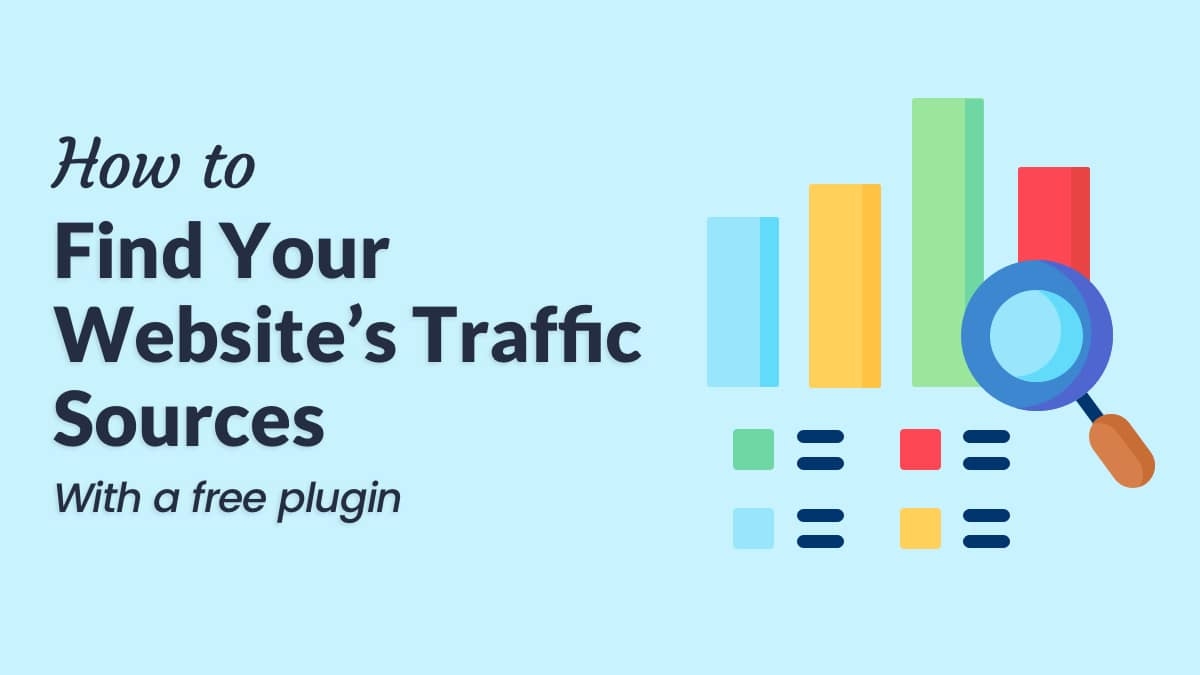
Before choosing a traffic source for your website, it is essential to thoroughly research and analyze the various options available. Here are some key steps to consider when researching different traffic sources:
1. Define Your Target Audience

The first step in researching traffic sources is to clearly define your target audience. Consider the demographics, interests, and behaviors of your ideal visitors. This understanding will help you select traffic sources that have a higher likelihood of reaching your target audience.
2. Identify Potential Traffic Sources
Next, make a list of potential traffic sources based on your target audience. This can include search engines, social media platforms, content marketing, email marketing, affiliate partnerships, and more. Conduct online research and gather information on each traffic source to understand their strengths and weaknesses.
3. Evaluate Traffic Quality
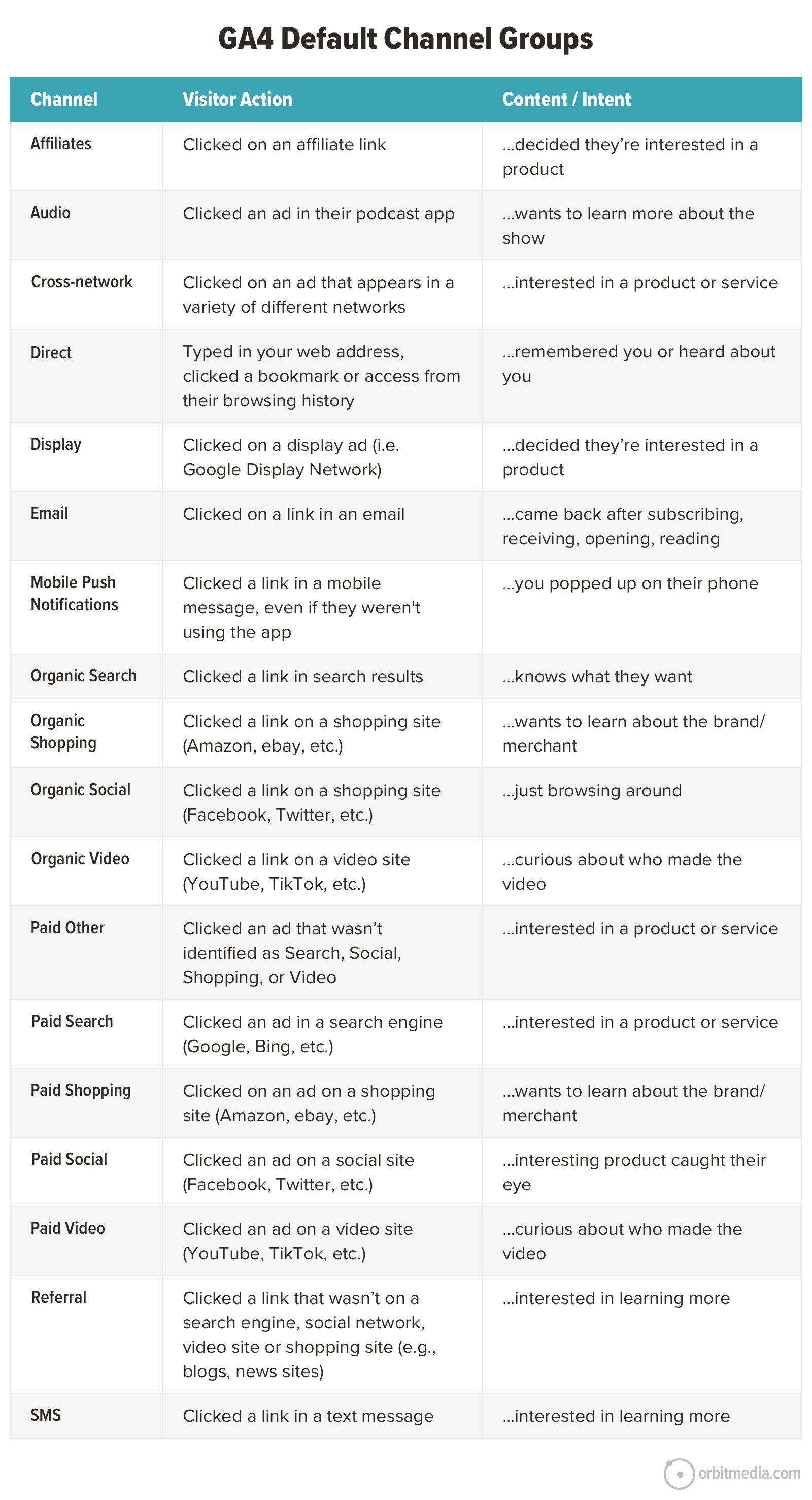
It is crucial to evaluate the quality of traffic that each source can generate. Look for metrics such as bounce rate, average time on site, and conversion rates. Analyzing real data and case studies can give you insights into the quality of traffic you can expect from each source.
4. Analyze Cost and ROI
Consider the cost of acquiring traffic from each source and calculate the potential return on investment (ROI). Some traffic sources may have higher costs but can provide better-targeted traffic, resulting in higher conversions and ROI. Comparing costs and potential ROI will help you prioritize and determine which sources are worth pursuing.
Remember, it is crucial to measure and track the performance of each traffic source continually. Testing different sources and monitoring the results will enable you to optimize your strategies and allocate resources effectively. By conducting thorough research on different traffic sources, you can make informed decisions and select the right sources that align with your website goals and target audience.
Evaluating the Cost and ROI
When it comes to choosing a traffic source for your website, it is essential to evaluate the cost and return on investment (ROI) of each option. This evaluation will help you determine which traffic source is the most effective and cost-efficient for your specific goals and budget.
Here are some key factors to consider when evaluating the cost and ROI:
1. Cost per Click (CPC)
The cost per click is the amount you pay for each click generated from a particular traffic source. It is important to compare the CPC rates of different sources to see which one offers competitive rates within your budget.
2. Conversion Rate
The conversion rate measures how many website visitors take a desired action, such as making a purchase or signing up for a newsletter. Analyzing the conversion rates from each traffic source will give you insights into which sources are driving the most valuable traffic.
3. Return on Investment (ROI)
The ROI reflects the profitability of your investment in a traffic source. It is calculated by subtracting the cost of the investment from the revenue generated and dividing it by the cost of the investment. Evaluating the ROI will help you identify the traffic sources that provide the highest return on investment for your business.
4. Target Audience Relevance
Consider how closely aligned the traffic source's audience is to your target audience. If the audience of a particular traffic source matches your target audience's demographics, interests, and needs, it is more likely to deliver higher-quality traffic that converts into leads or sales.
5. Scalability
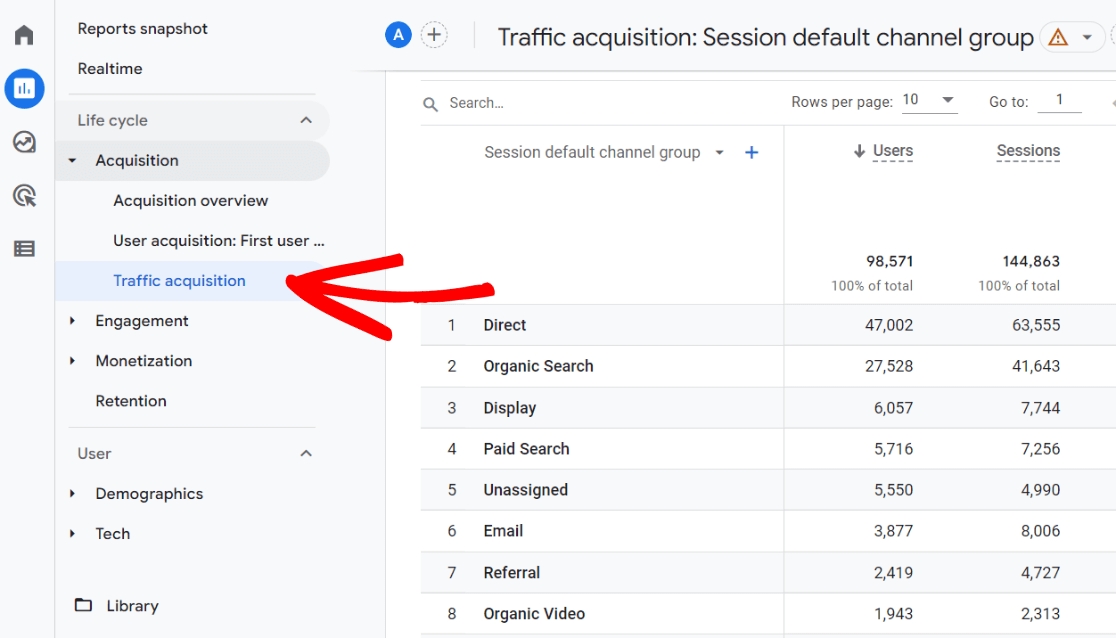
Examine the scalability of each traffic source. Some sources may have limited reach, while others have the potential to drive a significant amount of traffic to your website. Consider your goals and whether the traffic source can accommodate your future growth.
6. Tracking and Analytics
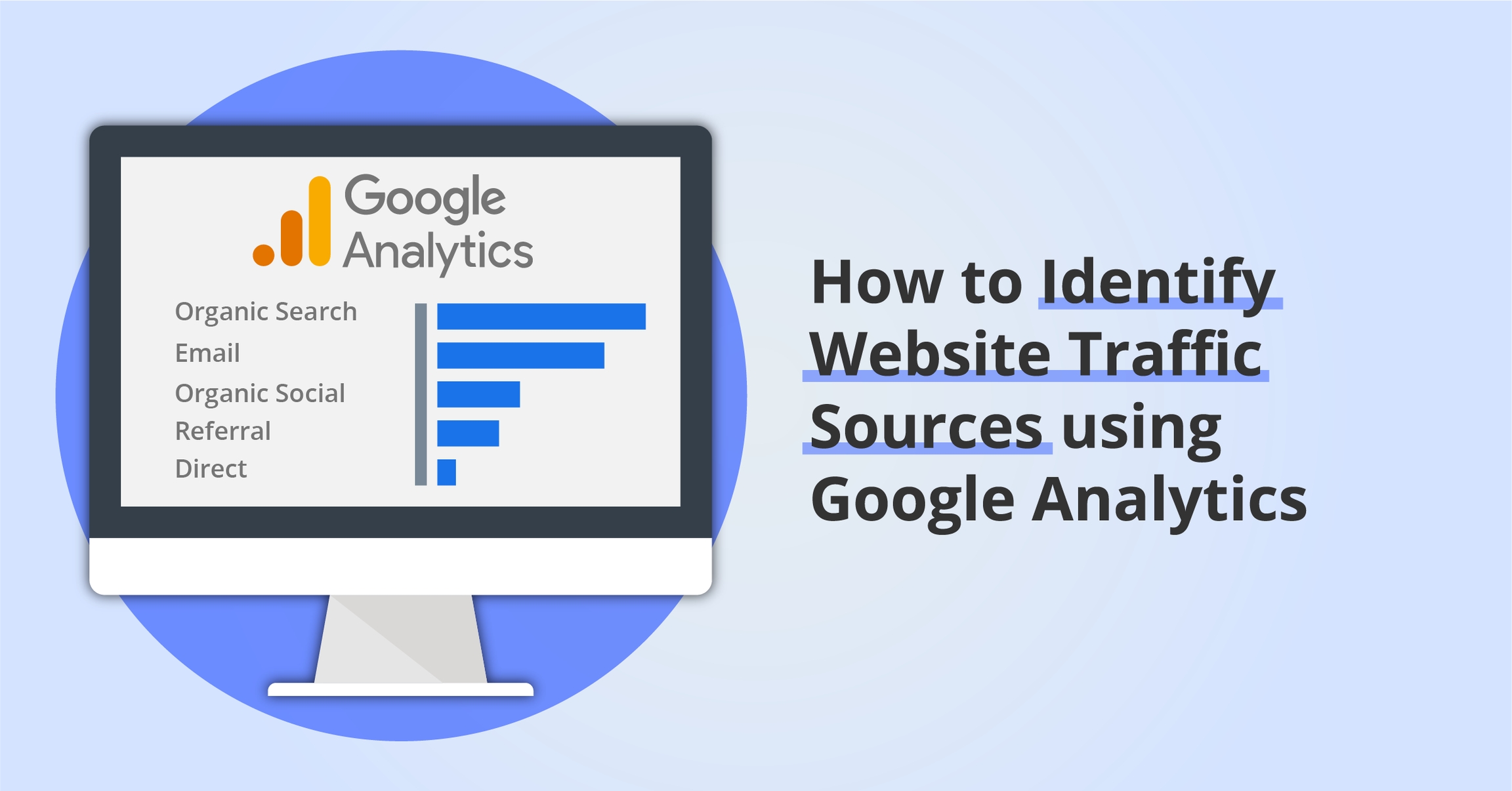
Ensure that each traffic source provides robust tracking and analytics capabilities. Being able to accurately measure the performance of your campaigns and the behavior of your website visitors will help you optimize your strategies and improve your ROI.
By carefully evaluating the cost and ROI of each traffic source, you can make informed decisions that maximize the effectiveness of your website traffic and help you achieve your business objectives.
Analyzing the Quality of Traffic
When it comes to driving traffic to your website, it's important to not only focus on the quantity of traffic but also the quality. Quality traffic refers to visitors who are genuinely interested in your content and have a higher likelihood of converting into customers or taking a desired action.
1. Bounce Rate: One way to assess the quality of traffic is by looking at the bounce rate. This metric measures the percentage of visitors who leave your website after only viewing one page. A high bounce rate could indicate that the traffic source is not attracting the right audience or that your website is not engaging enough.
2. Conversion Rate: Another key indicator of traffic quality is the conversion rate. This metric measures the percentage of visitors who take a desired action, such as making a purchase or filling out a form. A higher conversion rate suggests that the traffic source is driving visitors who are more likely to engage with your website and meet your objectives.
3. Time on Page: The amount of time visitors spend on your website is another factor to consider when analyzing the quality of traffic. If visitors are spending a significant amount of time on your pages, it indicates a higher level of interest and engagement. On the other hand, if they are quickly leaving, it may be a sign that the traffic source is not bringing in the right audience.
4. Referral Source: The referral source can also provide insights into the quality of traffic. Evaluate where your traffic is coming from and determine if the source aligns with your target audience. For example, if your website caters to a specific industry, traffic from industry-specific forums or publications may be of higher quality than general social media traffic.
5. Engagement Metrics: Lastly, consider the engagement metrics such as the number of pages visited per session, the average session duration, and the number of comments or shares. These metrics can give you an indication of how well your content resonates with your audience and how interested they are in exploring your website further.
By analyzing the quality of traffic, you can make informed decisions about which traffic sources are delivering the best results for your website. Remember, it's not just about the quantity of traffic but also the quality that matters in achieving your goals.
Testing and Optimizing Traffic Sources
Choosing the right traffic source for your website is just the first step in driving quality traffic and achieving your online goals. To ensure that you're getting the most out of your traffic sources, it's important to regularly test and optimize them. Here are some key steps to help you optimize your traffic sources:
1. Tracking and Analytics: Use a reliable tracking system and analytics tools to gather data on your website visitors. This will help you measure the effectiveness of your traffic sources and identify any areas that need improvement.
2. Set Clear Goals: Define your goals for each traffic source. Are you looking to increase conversions, drive more traffic, or improve your SEO? By setting clear goals, you can better measure the success of each traffic source and make data-driven decisions.
3. A/B Testing: Test different variations of your landing pages, ads, and calls to action to see which perform better. By conducting A/B tests, you can identify what drives the highest engagement and conversion rates from your traffic sources.
4. Optimize Your Content: Make sure your content is relevant, valuable, and optimized for search engines. Use keywords strategically and create high-quality content that appeals to your target audience. This will help improve your organic search traffic and attract more quality visitors.
5. Experiment with Different Traffic Sources: Don't rely on a single source of traffic. Experiment with different channels, such as search engine marketing, social media advertising, content marketing, and email marketing. This will allow you to diversify your traffic sources and find the ones that work best for your website.
6. Monitor and Evaluate: Regularly monitor the performance of your traffic sources and evaluate their effectiveness. Use your tracking and analytics tools to track key metrics, such as click-through rates, conversion rates, and bounce rates. This will help you identify any issues and make necessary adjustments to optimize your traffic sources.
By regularly testing and optimizing your traffic sources, you can ensure that you're driving quality traffic to your website and maximizing your online success.
Monitoring and Adjusting Strategies
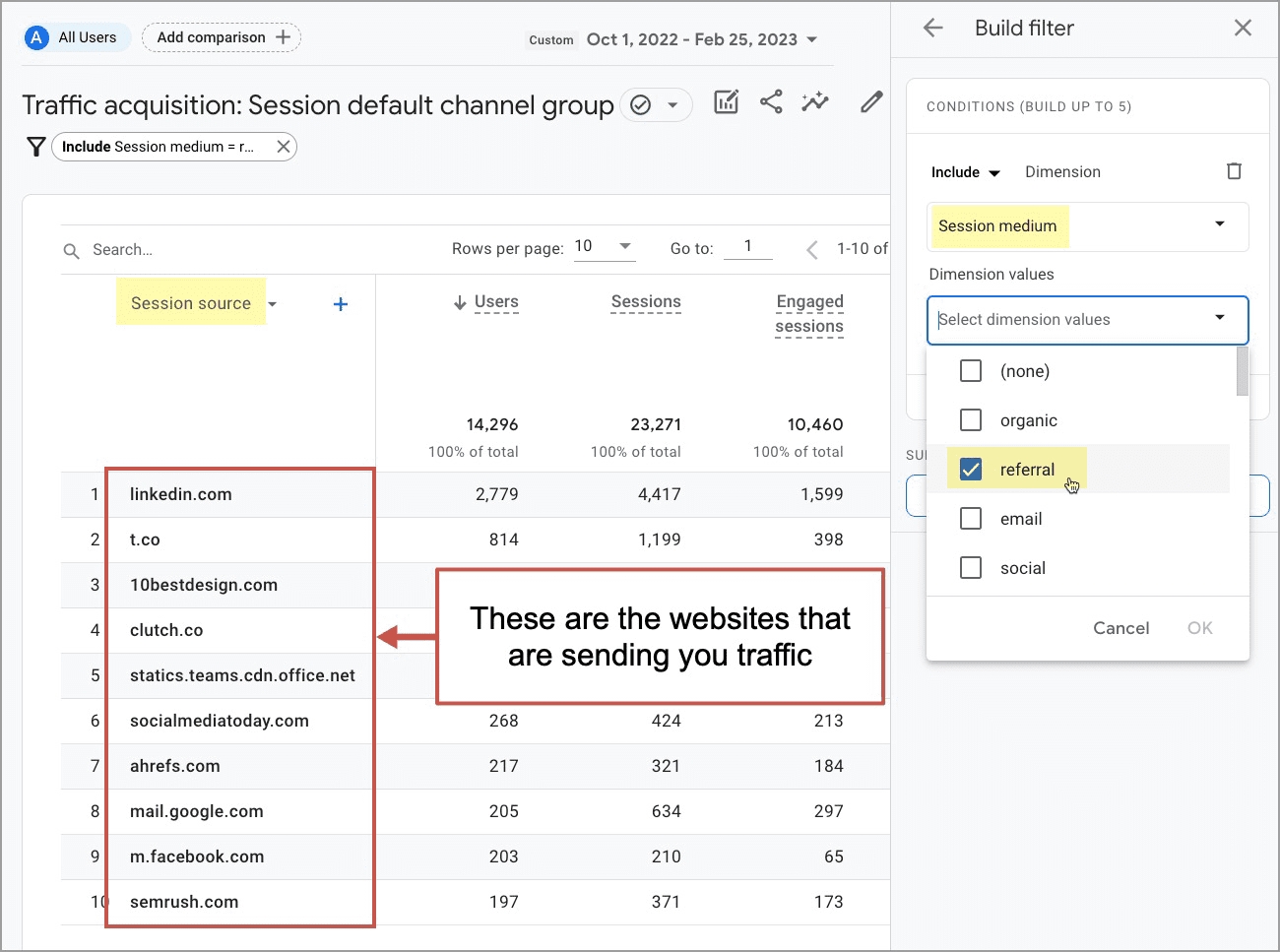
Once you have chosen a traffic source for your website, it is crucial to monitor its performance and adjust your strategies accordingly. This will help in optimizing your efforts and ensuring that you are getting the desired results. Here are some strategies to consider:
1. Analyze Traffic Data:
Regularly analyze the traffic data provided by your chosen traffic source. This data will give you insights into the number of visitors, their geographic location, time spent on the website, and other relevant metrics. By understanding this data, you can identify patterns and trends, and make informed decisions about your marketing efforts.
2. Set Goals and Key Performance Indicators (KPIs):

Establish specific goals and KPIs that align with your overall marketing objectives. These goals could include increasing website traffic, improving conversion rates, or boosting engagement. By setting measurable goals, you can track your progress and determine the effectiveness of your chosen traffic source. Adjust your strategies if necessary to achieve these goals.
3. A/B Testing:
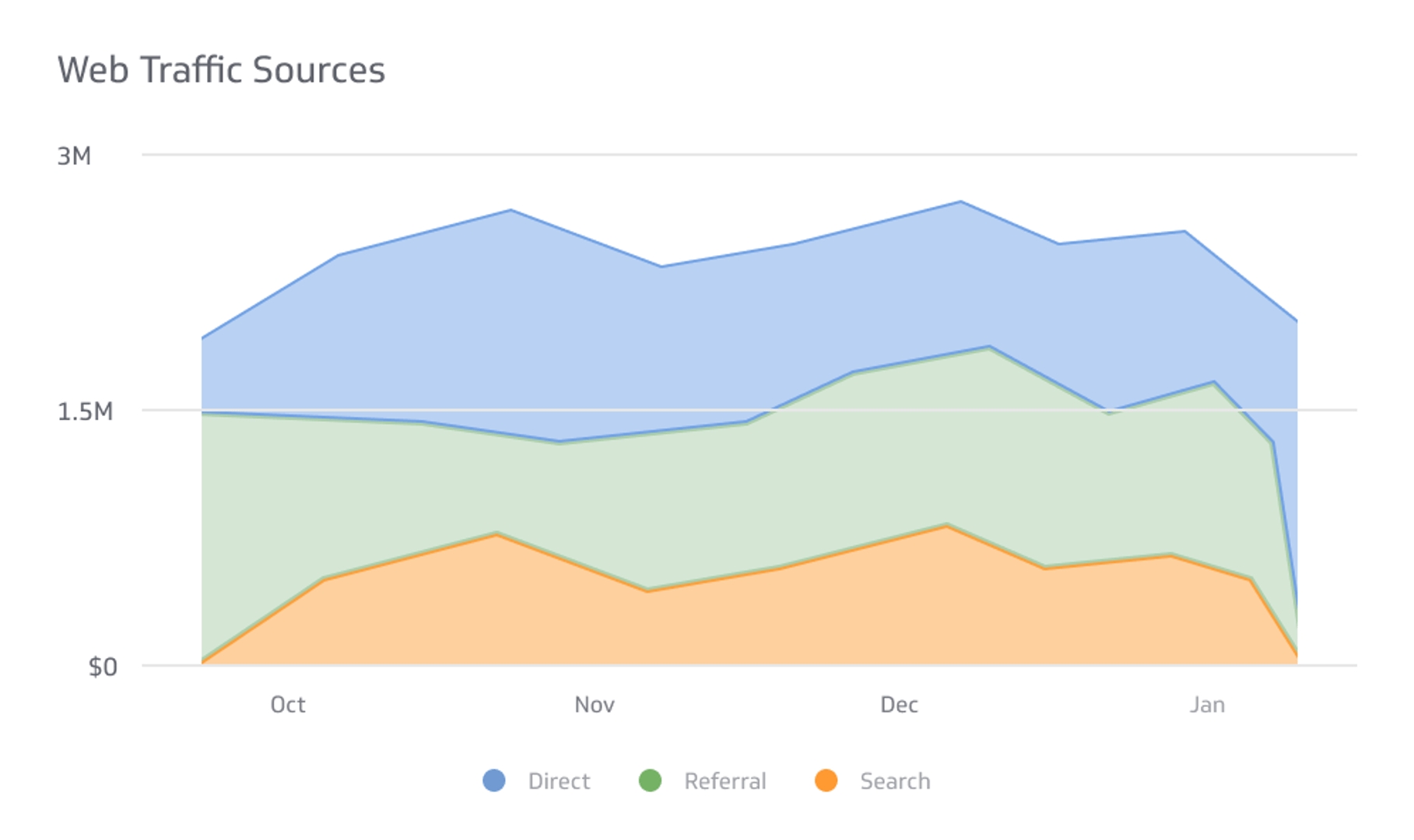
Consider conducting A/B tests to compare different variations of your website or marketing campaigns. This testing method involves creating multiple versions and randomly presenting them to your audience. By comparing the performance of these variations, you can identify which elements or strategies are most effective in driving traffic and achieving your goals.
4. Continuously Monitor and Optimize:
The online landscape is dynamic, and what may work today may not be effective tomorrow. Continuously monitor your traffic source and make adjustments as needed. Stay updated on industry trends, competitor activities, and changes in search engine algorithms. By staying proactive, you can stay ahead of the curve and maximize the potential of your chosen traffic source.
Remember, selecting the right traffic source is only the first step. Ongoing monitoring and adjustments are essential to ensure optimal performance and drive continuous growth for your website.
What are some factors to consider when choosing a traffic source for a website?
When choosing a traffic source for a website, it is important to consider factors such as the target audience, budget, and goals of the website. Additionally, factors such as the level of competition in a particular traffic source and the potential for growth should also be taken into account.
What are some examples of different traffic sources for websites?
There are various traffic sources for websites, including search engine optimization (SEO), pay-per-click advertising (PPC), social media marketing, email marketing, content marketing, and influencer marketing. Each of these sources has its own advantages and disadvantages, so it is important to choose the one that aligns best with your website's goals and target audience.
How can I determine the effectiveness of a traffic source for my website?
To determine the effectiveness of a traffic source for your website, you can track metrics such as the number of visitors, conversion rate, bounce rate, and the average time spent on the site. Additionally, you can use tools like Google Analytics to analyze the sources of your website traffic and see which sources are driving the most valuable traffic.
What are some common mistakes to avoid when choosing a traffic source for a website?
One common mistake to avoid when choosing a traffic source for a website is relying too heavily on a single source. It is important to diversify your traffic sources to reduce the risk of relying solely on one platform. Additionally, it is important to regularly monitor and analyze the performance of different traffic sources to identify any issues or areas for improvement.
How can I choose the right traffic source for my specific target audience?
To choose the right traffic source for your target audience, it is important to research and understand their online behavior and preferences. You can use tools like market research, customer surveys, and social media analytics to gain insights into your target audience. Based on this information, you can select traffic sources that align with your audience's preferred online platforms and content consumption habits.
What are some common traffic sources for websites?
Some common traffic sources for websites include search engines, social media platforms, online advertising, email marketing, and referral traffic from other websites.
How do I choose the right traffic source for my website?
When choosing the right traffic source for your website, you should consider your target audience, the nature of your website or business, your budget, and your time commitment. By evaluating these factors, you can determine which traffic source will be the most effective for reaching your goals.
What should I consider when targeting a specific audience?
When targeting a specific audience, you should consider their demographics, interests, online behavior, and preferred communication channels. Understanding your target audience will help you choose the right traffic source that aligns with their preferences and behaviors.
What are the advantages of using search engine traffic?
Search engine traffic has the advantage of being highly targeted, as users are actively searching for specific information or products. It also has the potential for long-term, sustainable traffic if you optimize your website for search engines and continually produce high-quality content.
Is it better to focus on one traffic source or multiple sources?
The answer to this question depends on your specific goals and resources. Focusing on one traffic source can allow you to become an expert in that channel and maximize your results. However, diversifying your traffic sources can help mitigate risk and increase your overall visibility and reach.
Buy CPC Traffic | Buy Display Ads | Exclusive traffic sources | Buy Push Ads | Popunder ADS | Buy Native Ads | Buy Preroll Ads
2022-2024 @ How to Choose the Right Traffic Source for Your Website